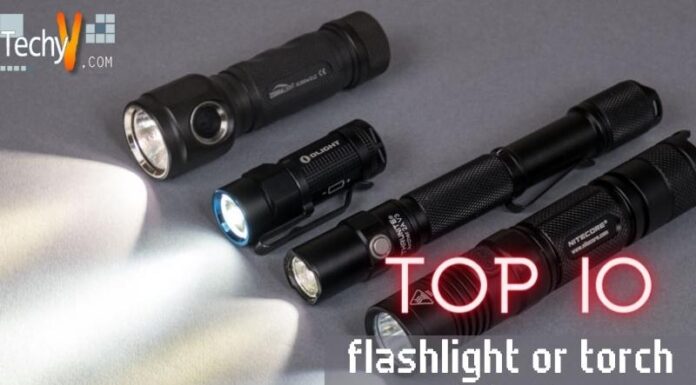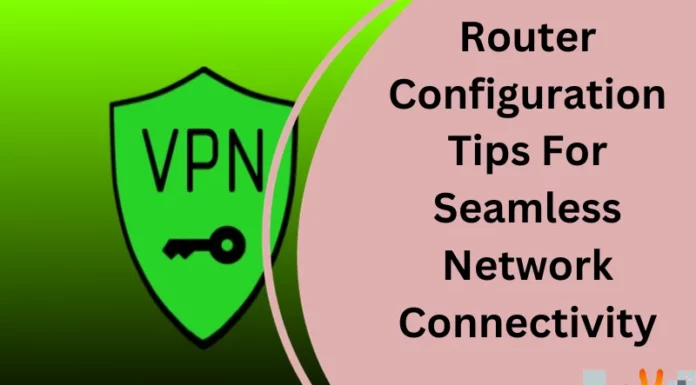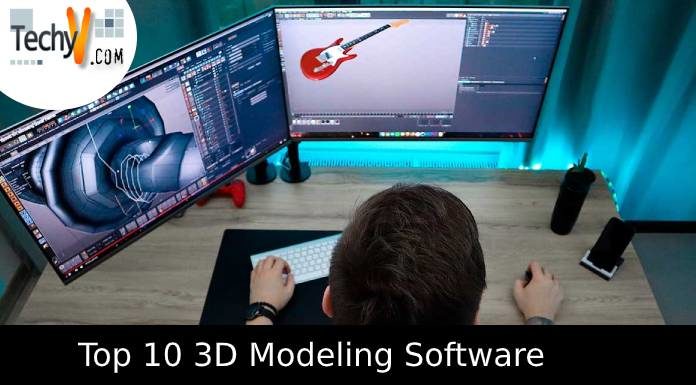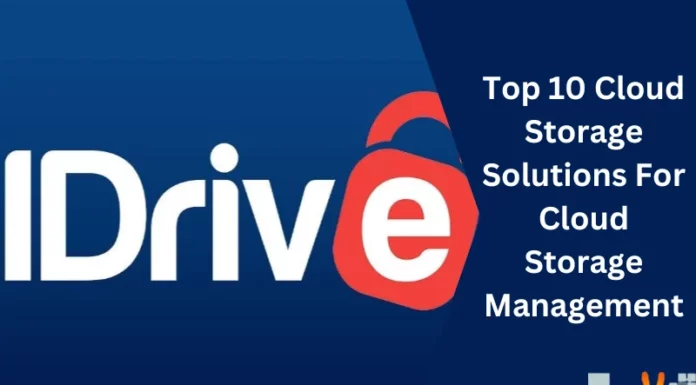You’ve found the proper spot if you want to find an alternative to Windows. We’ve rounded up ten of our favorite operating systems that are both easy to use and flexible enough to get the job done.
1. Linux
Linux is an OS that is both free and open source. Servers, desktops, laptops, tablets, and phones, are mainly on Linux. Linus Torvalds initially developed Linux in 1991 as an alternative to Unix at the University of Helsinki. Later it became more popular than GNU/Linux, which Richard Stallman created at the MIT (Massachusetts Institute of Technology) Computer Science Department in 1984.

2. Chrome OS
Chrome OS is Google’s operating system, optimized for web browsing and built on the Linux kernel. The OS uses Chromium as its primary interface, but it also includes several extensions that allow you to access your apps from outside the browser window. Chrome OS is based on the Linux kernel but has a different user interface and application ecosystem than typical Linux distributions like Ubuntu or Debian. It means there are no virtual desktops or window managers—you log into Chrome OS with your Google account and start browsing right away!
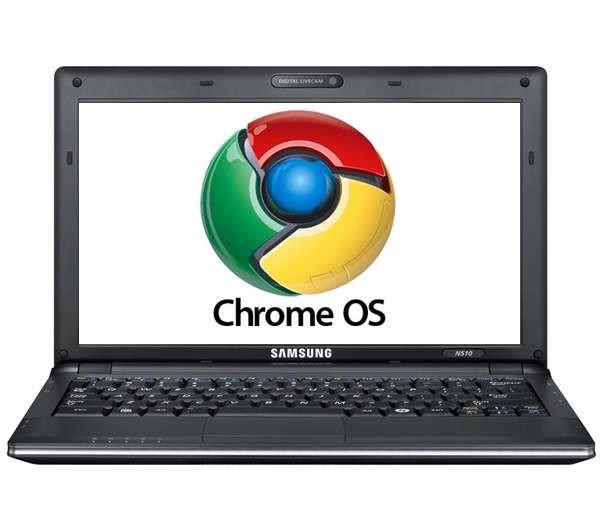
3. Mac OS
Mac OS is a Unix-based operating system developed and distributed by Apple Inc. The operating system was first released on January 24, 1984, as System Software 7 (S7), for use with Motorola 68020 processors running at 15 MHz. Mac OS was renamed in 1997 after Apple purchased NeXT from Steve Jobs’ family. There have been two major versions of Mac OS: System 7 through 9X/9Y and 10x/10y; these names were used interchangeably during development until 1999. Since its introduction in 1984, Mac OS has undergone several significant changes—including being ported to both IBM PC compatibles and PowerPC architectures—and saw a substantial overhaul with X11 Server 1.0 released in 1993, which added support for colour graphics.
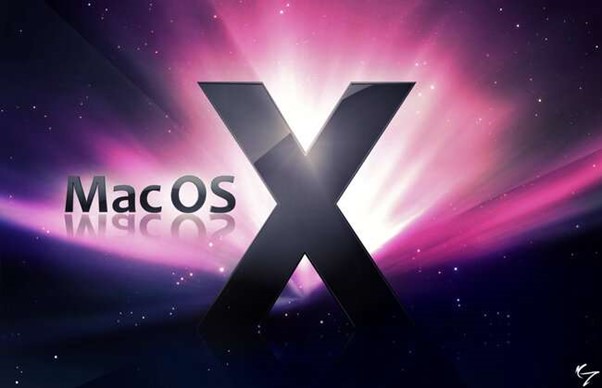
4. Macos Sierra
macOS Sierra is a free operating system developed by Apple Inc. It is the successor to OS X El Capitan, based on the open-source Darwin operating system. It may be your best bet if you’re looking for something new.
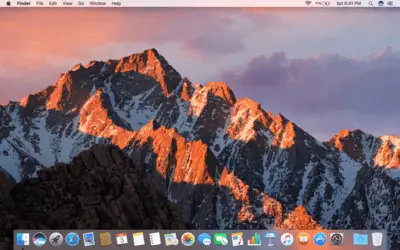
5. Ubuntu OS
Ubuntu is a widespread Linux distribution available for both desktops and laptops. It’s free, open-source, and community-driven. It has two flavours—Ubuntu and Ubuntu Lite. Ubuntu is compatible with many software applications like Microsoft Office or Adobe Photoshop. The main distinction between Ubuntu and other Linux distributions is that it includes some additional features, such as the Gnome Shell desktop environment rather than KDE or Xfce; Support for Firefox web browser rather than Chromium; native support for Google Drive storage service; integration of Amazon Music Unlimited streaming service; and integration with Twitch live-streaming platform.
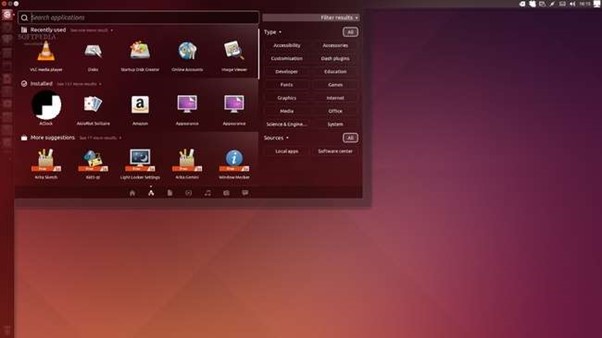
6. Element OS
Element OS is a Linux distro based on Ubuntu. It’s a lightweight operating system, which means it’s fast and easy to use. Several pre-installed applications (including Office) and lots of software are available for download from their website. Element OS might replace Windows 10 if you do not want to go crazy with your changes.
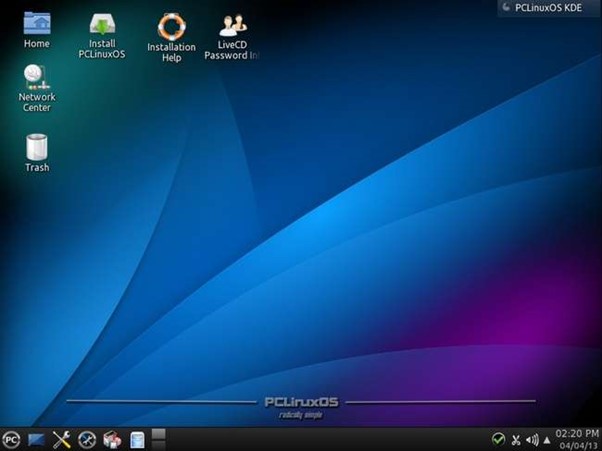
7. Deepin OS
Deepin OS is based on Debian Linux and has a beautiful, simple interface that is easy to use. Deepin OS comes in multiple languages, including English, Chinese (Simplified), Japanese and Korean. Deepin OS includes an App Store where you can download and install programs for your PC or mobile device. The App Store offers games and productivity tools like Office Suite or PDF Reader.
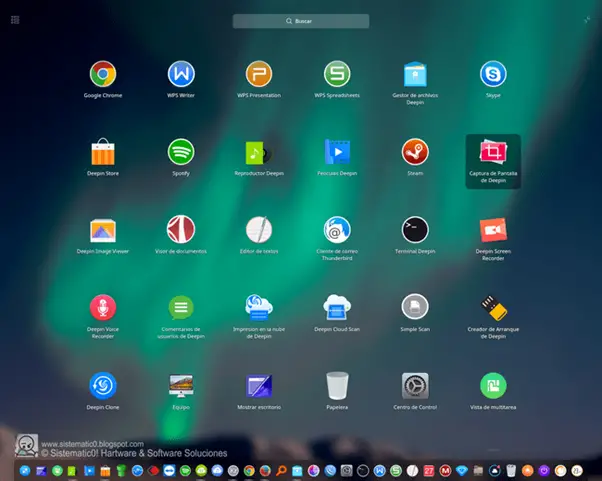
8. Netrunner OS
Netrunner OS is a Linux distribution based on Manjaro Linux, initially designed to be fast, simple, and user-friendly. Even though work on the operating system began in 2011, its official release was on April 2 this year (2019). Netrunner OS uses the KDE Plasma desktop environment as its default application suite. It means you’ll get access to all your favourite applications, like Firefox or Thunderbird, instead of something like Steam or WhatsApp Messenger. You can also install other software through its Software Centre app if you want something more specific than what comes pre-installed with your system install.
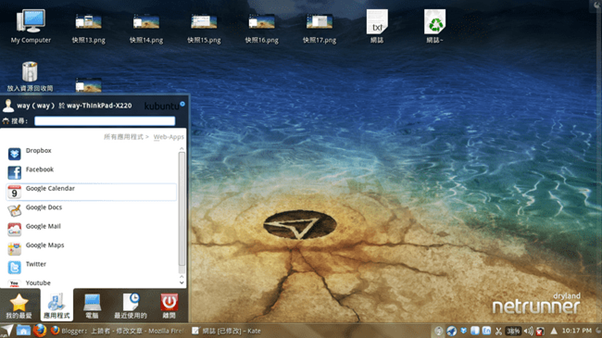
9. Zorin OS
Zorin OS is a Linux-based operating system. Zorin OS is an alternative to Microsoft Windows, and in this post, we’ll compare and contrast the two operating systems and highlight some of Zorin OS’s most attractive features. Zorin OS uses its distribution called ‘Zorin,’ which has many similarities with Ubuntu, Mint, and Fedora (among others). The software giant behind this project is called Code Weavers, who also created Crossover for Mac users, so it’s safe to expect good things when using their products together! Its original 2008 release has since been followed by two more: Options include a Core Edition and an Ultimate Edition, based on the Debian GNU/Linux 9 Jessie Long Term Support distribution.
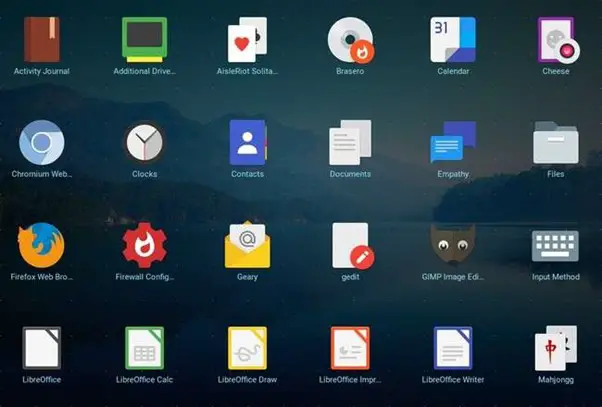
10. Android
Android is an open-source operating system for mobile devices. Currently, more than 2 billion people across the world use it on their smartphones and tablets. Android Inc. created the first Android software before Google’s acquisition in 2005. After then, its popularity skyrocketed, and now it ranks among the most used OSes. Its purpose is to provide a consistent user experience across all devices—from phones to tablets to TVs—and multiple manufacturers’ products.

Conclusion
If you’re looking for an alternative to Windows, we know it can take a lot of work to understand where to start. This list has given you some great ideas for getting started with a new operating system!



